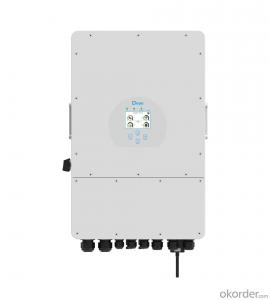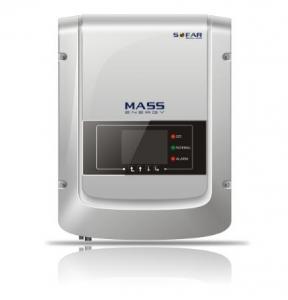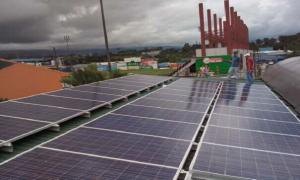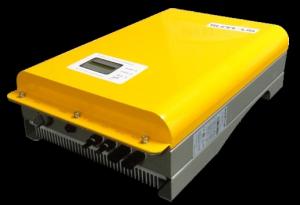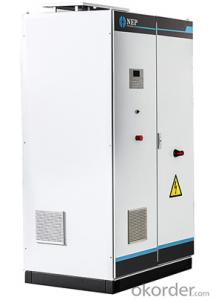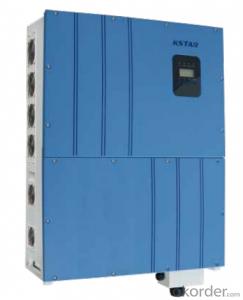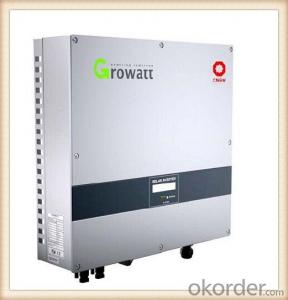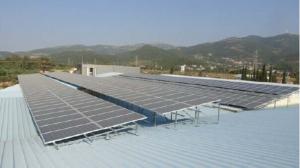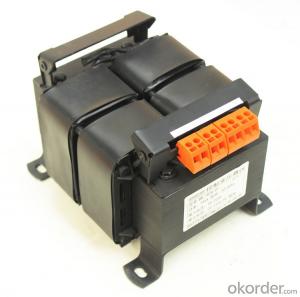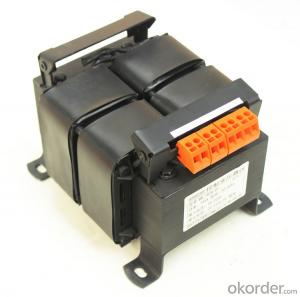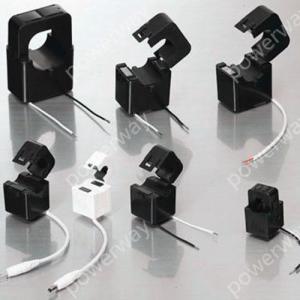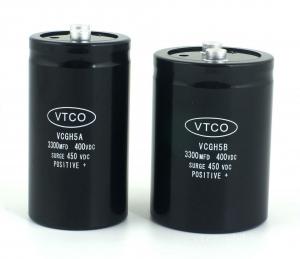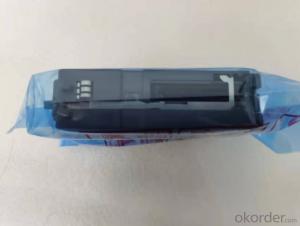Nep Solar Grid-Tie Inverter
Nep Solar Grid-Tie Inverter Related Searches
Nep Solar Grid Tie Inverter Grid-Tie Solar Inverter Nep Solar Micro Inverter Grid Tie Solar Inverter Grid Tie Inverter Solar Solar Grid Tie Inverter Grid Tie Hybrid Solar Inverter Hybrid Grid Tie Solar Inverter Grid-Tied Solar Inverter Solar System Grid Tie Inverter Solar Hybrid Grid Tie Inverter Sun Grid Tie Inverter Grid Tie Inverter Solar Kit Grid Tie Inverter Solar Panel Best Grid Tie Solar Inverter Solar Grid Tie Inverter Kit Mpp Solar Grid Tie Inverter Best Solar Grid Tie Inverter Solar Inverter Grid Tie Solar Grid Tie Micro Inverter Grid Tie Solar Inverter Price Solar Grid Tie Inverter Price 3kw Solar Grid Tie Inverter 1kw Solar Grid Tie Inverter Solar Grid Inverter Solar Grid Tied Inverter 1000w Solar Grid Tie Inverter 10kw Solar Grid Tie Inverter Grid Connected Solar Inverter Solar Power Grid InverterNep Solar Grid-Tie Inverter Supplier & Manufacturer from China
Nep Solar Grid-Tie Inverter is a range of advanced solar power conversion devices designed to efficiently convert solar energy into usable electricity for residential and commercial applications. These inverters are engineered to maximize energy output while ensuring seamless integration with the existing electrical grid. The product line includes various models catering to different power requirements, making them suitable for a wide array of solar energy systems.The Nep Solar Grid-Tie Inverter is widely used in scenarios where solar energy needs to be fed back into the grid, such as in net metering systems. It allows for the excess solar power generated by solar panels to be sent back to the grid, either for credit or to reduce electricity bills. This product is particularly beneficial for homeowners and businesses looking to optimize their solar energy usage and contribute to a sustainable energy future.
Okorder.com is a leading wholesale supplier of Nep Solar Grid-Tie Inverter, offering a vast inventory of these high-quality inverters. With a commitment to providing reliable and efficient solar energy solutions, Okorder.com ensures that customers have access to a comprehensive selection of Nep Solar Grid-Tie Inverter models to meet their specific needs.
Hot Products






